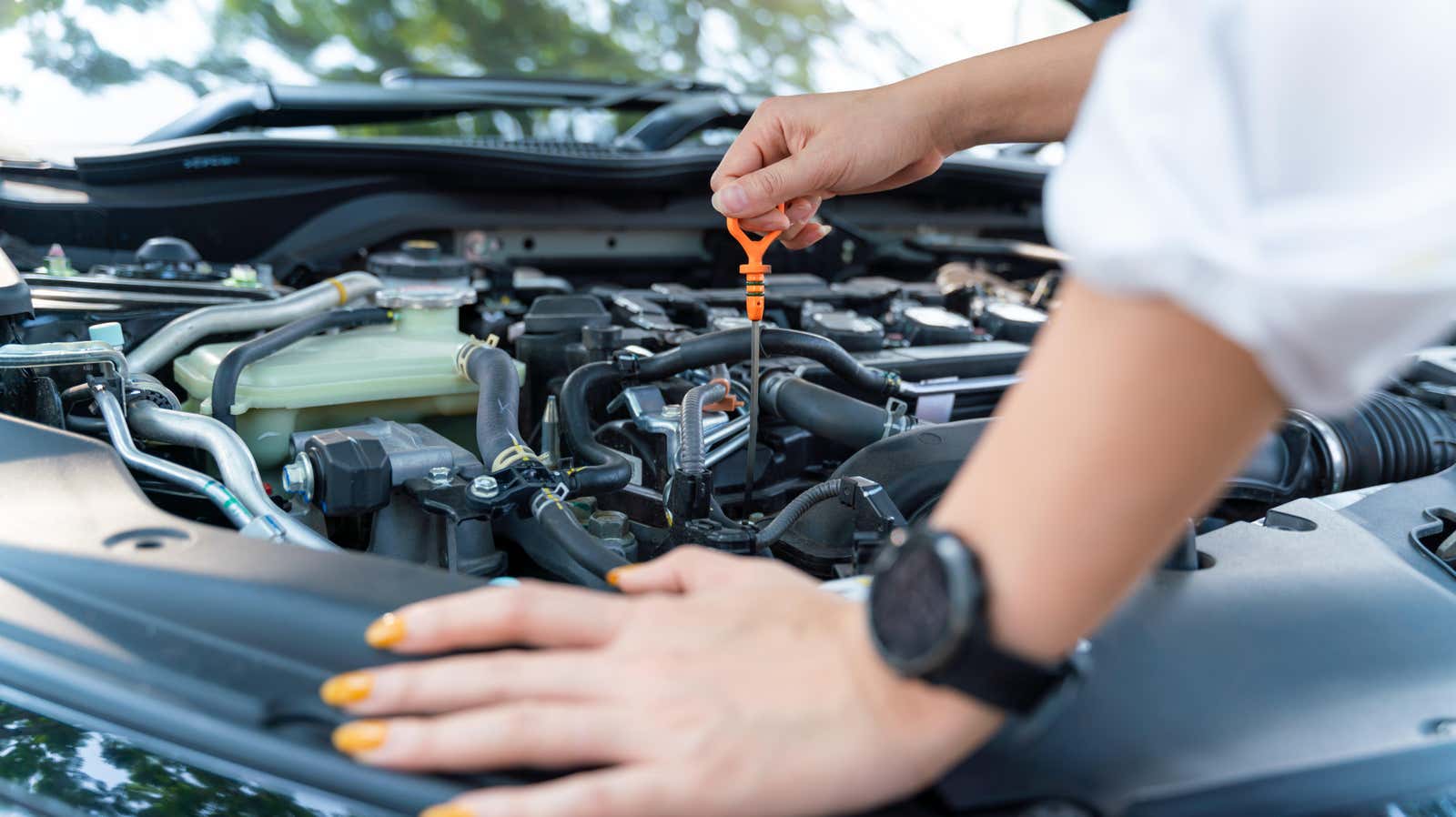Always Check These Five Parts of Your Car Before a Long Trip.

Weird accidents may be out of your control, but the vast majority of “stuck on the side of the highway with no cell service” scenarios can be prevented with a simple and thorough house check. Here’s what to look out for before you hit the road.
Check belts and hoses for damage
A severe belt or hose failure will bring your car to a standstill and none of the parts are easy to replace. If you are planning a long trip and your car has not been properly repaired for a long time, be sure to check its belts and hoses for signs of damage.
Different engines use different types and numbers of belts and hoses; it is important to know what is under the hood of your car and how to properly check it. Searching YouTube for tutorials on checking your car make and model is definitely a good idea – you don’t want to miss anything, and watching videos is easier than a user manual. Checking belts for signs of damage and wear is fairly easy. Here’s what to look for:
- Shiny spots: Worn belts can become dangerously slippery in places, causing them to slide out of place. (This type of wear is also called “glazing”.)
- Cracks or wear: This is fairly obvious, but a cracked or worn belt is much closer to breaking than a belt without structural damage.
- Loss of Tension: Wear can cause belts to stretch, reduce tension, and increase the likelihood of belt slippage.
If your belts pass all three spot checks, you’re done; if not, take the machine to a shop and have them replaced.
Hoses break in much the same way, but the signs of damage are slightly different. Take a flashlight and look for the following indicators:
- Cracks and Bulges: A cracked or swollen hose is more likely to leak. Look carefully for cracks and nicks, especially around bends; bulges can only be seen when the engine is hot, so be especially careful.
- Glass or scuffed areas: Heat damage can partially melt the hoses, causing them to look shiny and glassy when they harden. Abrasive damage (friction) can leave behind visible abrasions.
- Soft spots: While the engine is cold, pinch the hoses near the clamps and feel for soft or mushy spots. This is a sign of electrochemical degradation (ECD), in which hoses are destroyed from the inside.
Check your car’s tires
The second most important part of the check is your tires. Make sure they are inflated to the correct pressure (which you can find in the owner’s manual or with a quick Google search) and that they have enough tread. The quarterly test makes it easy to assess the degree of tread wear and the need for tire replacement.
Check your brake pads
You may not be able (or want to) replace worn brake pads yourself, but you can check to see if they need to be replaced. The brake pads of most cars are visible through the holes in the hubcap, so you don’t even have to remove the wheel to see what’s going on. Take a flashlight, get down to the level of the brake pads and see how thick (or thin) the pads are. Generally speaking, if they’re less than 1/4″ thick, you need new pads, and if they’re wearing unevenly, you’re more likely to have misalignment.
Check your fluids and top them up
Depending on the transmission situation, your vehicle requires five or six basic types of fluids to run smoothly:
- Machine oil
- Brake fluid
- Transmission fluid (if you drive an automatic)
- Coolant/antifreeze
- Power Steering Fluid
- Windshield washer fluid
Knowing how to check your car’s fluids is very important and, thankfully, quite simple. The first and most important step is to make sure your engine is completely cool before touching anything; a hot engine puts pressure on certain fluids and you don’t need a face full of hot ethylene glycol. Each fluid reservoir should have an easily accessible cap under the hood, as well as visible fill lines (or, for oil, a dipstick) so you can see if it needs topping up. Locate each lid, open it, have a look and add more liquid if needed.
This is one of those maintenance tasks that you should be doing regularly. Checking the fluid level is quick and easy, and it can help you spot leaks early: if you’re consistently low on a certain type of fluid, you might have a leak somewhere and it might be a good idea to see a mechanic.
Check your headlights (and wipers while you’re at it)
Finally, before you load up your car and hit the road, make sure your headlights and wipers are in good condition. There is nothing worse than realizing that your vehicle’s vision aids have failed in the middle of an unexpected downpour, blizzard or fog. (Honestly, if you’ve had blades for over a year, just replace them – it’s cheap, easy, and will make the drive a lot better.)
For extra readiness points, pick up replacement bulbs and blades and keep them in your car. They don’t take up much space and you never know you’ll need them. Even if it takes a real mechanic to replace your headlights – which is often the case with new cars – having the part on hand means you won’t have to wait for an order to arrive.